Introduction
Strawberry jam is a beloved kitchen staple, capturing the essence of summer in a jar. However, for home cooks who find themselves without lemons, the prospect of making jam might seem daunting. Lemon juice is traditionally used in jam-making for its acidity, which helps activate pectin, a natural thickening agent found in fruits. It also balances sweetness and enhances flavor. But what happens when your kitchen is fresh out of lemons? Fear not—this article explores innovative substitutes and methods to create delicious strawberry jam without relying on citrus. From household staples to unexpected flavor twists, discover how to adapt your recipe while preserving texture, taste, and shelf stability.
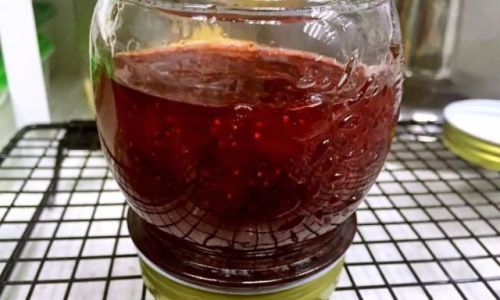
Why Lemon Juice Matters in Jam-Making
Before diving into alternatives, it’s essential to understand lemon’s role. The acidity in lemon juice lowers the pH of the fruit mixture, creating an environment where pectin can form a gel. Pectin is a carbohydrate found in fruit cell walls, and when heated with sugar and acid, it binds liquid, resulting in a thick, spreadable consistency. Lemon juice also prevents spoilage by inhibiting bacterial growth and brightens the jam’s flavor. Without it, jams may lack structure, taste overly sweet, or have a shorter shelf life.
The Science of Substituting Acidity
The key to replacing lemon juice lies in replicating its acidity and pectin-activating properties. The ideal substitute should:
- Provide a pH level between 2.0–3.0 (similar to lemon juice).
- Complement or enhance the strawberry’s natural flavor.
- Avoid introducing unwanted textures or off-flavors.
Below are eight practical substitutes, each offering unique benefits and considerations.
Citric Acid: The Precision Replacement
Citric acid, available in powdered form at grocery stores or online, is derived from citrus fruits and mimics lemon’s acidity perfectly. A ½ teaspoon of citric acid replaces the juice of one lemon.
How to Use:
- Dissolve ¼–½ teaspoon of citric acid in 1 tablespoon of water per cup of strawberries.
- Add to the pot during the initial cooking phase.
Pros:
- Maintains pH balance without adding liquid.
- Neutral flavor preserves the strawberry’s taste.
Cons:
- Overuse can create a harsh, metallic tang.
Tip: Start with ¼ teaspoon and adjust to taste.
White Vinegar or Apple Cider Vinegar: The Pantry Powerhouse
Vinegar’s sharp acidity can step in when citrus is unavailable. Opt for distilled white vinegar for neutrality or apple cider vinegar for a subtle fruity note.
How to Use:
- Replace 1 tablespoon of lemon juice with 1 teaspoon of vinegar (vinegar is more potent).
- Reduce sugar slightly to balance tartness.
Pros:
- Widely available.
- Apple cider vinegar adds depth.
Cons:
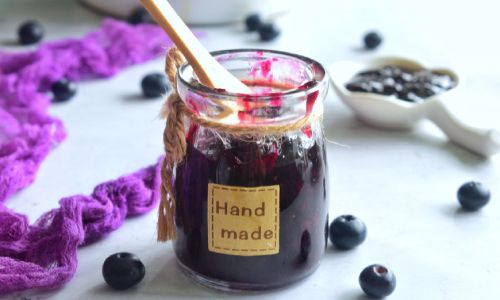
- Overpowering if not measured carefully.
Tip: Taste-test as you cook to avoid a “pickled” flavor.
Tart Fruit Juices: Orange, Cranberry, or Pineapple
Juices like orange, cranberry, or pineapple offer acidity and natural pectin. Opt for unsweetened varieties to control sweetness.
How to Use:
- Replace 2 tablespoons of lemon juice with 2 tablespoons of juice.
- Orange juice complements strawberries; cranberry adds a tangy kick.
Pros:
- Enhances flavor complexity.
- Cranberry juice boosts pectin naturally.
Cons:
- May alter the jam’s color.
Tip: Reduce heat gradually to prevent bitterness from overcooked juice.
Wine or Champagne: The Gourmet Twist
Dry white wine or champagne introduces acidity and a sophisticated flavor profile.
How to Use:
- Substitute 2 tablespoons of lemon juice with 2 tablespoons of wine.
- Simmer to reduce alcohol content (optional).
Pros:
- Elevates the jam’s elegance.
- Acidity pairs well with strawberries.
Cons:
- Alcohol may not appeal to all.
Tip: Pair with a vanilla bean for a dessert-worthy spread.
Apple Juice or White Grape Juice: The Mild Option
For a subtle acidity boost, use unsweetened apple or white grape juice. These are less tart than lemon but contribute natural sugars and pectin.
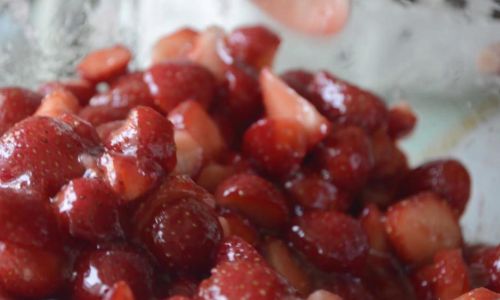
How to Use:
- Replace 2 tablespoons of lemon juice with 2 tablespoons of juice.
- Increase cooking time slightly to reduce excess liquid.
Pros:
- Gentle on palates.
- Apple juice complements strawberries’ sweetness.
Cons:
- May result in a softer set.
Tip: Combine with citric acid for a firmer texture.
Cream of Tartar: The Baking Aisle Ally
Cream of tartar (potassium bitartrate), a byproduct of winemaking, is a stable acidifier commonly used in baking.
How to Use:
- Use ⅛–¼ teaspoon per cup of strawberries.
- Mix with sugar before adding to the pot to prevent clumping.
Pros:
- Long shelf life.
- Neutral flavor.
Cons:
- Can leave a gritty texture if not dissolved properly.
Tip: Whisk vigorously with sugar to ensure even distribution.
Yogurt or Buttermilk: The Dairy Duo
For a creamy, tangy twist, incorporate plain yogurt or buttermilk. These add acidity and a velvety texture.
How to Use:
- Whisk 1–2 tablespoons of yogurt/buttermilk into the strawberry mixture during cooking.
- Reduce heat to prevent curdling.
Pros:

- Unique, luxurious consistency.
- Subtle tanginess.
Cons:
- Shortens shelf life (refrigerate and consume within 2 weeks).
Tip: Use Greek yogurt for thickness.
No Acid? Use Commercial Pectin
If avoiding acidity entirely, rely on store-bought pectin. Liquid or powdered pectin ensures a firm set without lemon.
How to Use:
- Follow the package instructions, typically adding pectin early in cooking.
- Combine with sugar as directed.
Pros:
- Guaranteed gel formation.
- Flexible with flavor pairings.
Cons:
- May result in a “jello-like” texture if overused.
Tip: Opt for low-sugar pectin for a healthier option.
Techniques to Enhance Texture and Flavor
- Maceration: Toss strawberries with sugar 1 hour before cooking to draw out natural juices and pectin.
- Slow Cooking: Simmer gently to reduce liquid and concentrate flavor without scorching.
- Skimming Foam: Remove impurities with a spoon for a clearer jam.
- Testing for Doneness: Use the “plate test” (chill a saucer, add a drop of jam, and check if it wrinkles when pushed).
Storage Solutions Without Canning
If you don’t have canning equipment, store jam in sterilized jars in the refrigerator for up to 3 months. For longer storage:
- Use freezer-safe jars and leave ½-inch headspace.
- Thaw in the refrigerator overnight before use.
Troubleshooting Common Issues
- Runny Jam: Boil longer to reduce liquid, or add a pinch of citric acid/pectin.
- Overly Sweet Jam: Balance with a splash of vinegar or a pinch of salt.
- Cloudy Jam: Strain through cheesecloth to remove impurities.
Creative Flavor Pairings
Experiment with add-ins to elevate your lemon-free jam:
- Spices: A cinnamon stick, star anise, or fresh ginger.
- Herbs: Basil, thyme, or mint (added during cooking).
- Liqueurs: Grand Marnier, Chambord, or balsamic vinegar.
Conclusion
Making strawberry jam without lemon is an exercise in creativity and adaptability. By understanding the role of acidity and pectin, you can confidently substitute ingredients while crafting jams that rival traditional recipes. Whether you opt for the precision of citric acid, the tang of vinegar, or the gourmet touch of wine, each method offers a unique canvas for culinary expression. Embrace the process, taste fearlessly, and soon you’ll have jars of vibrant, flavorful jam that defy the absence of lemon. After all, the best recipes are those born from necessity and imagination.


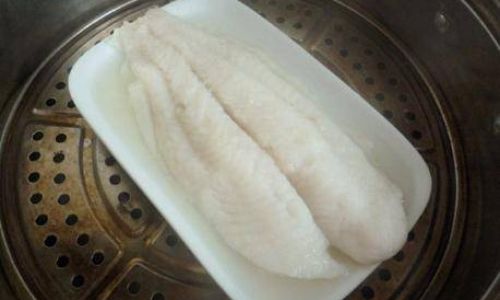
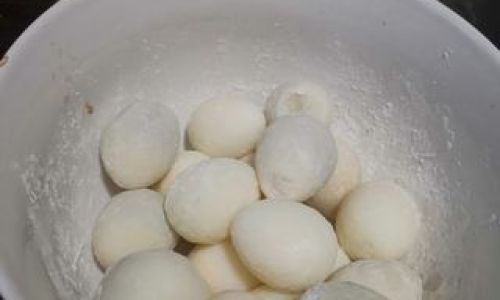
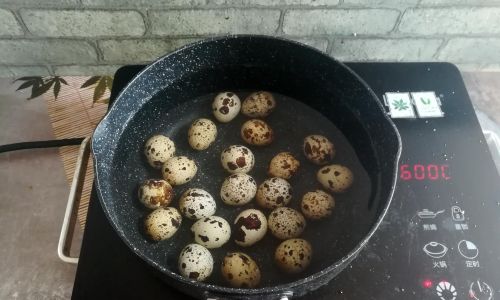
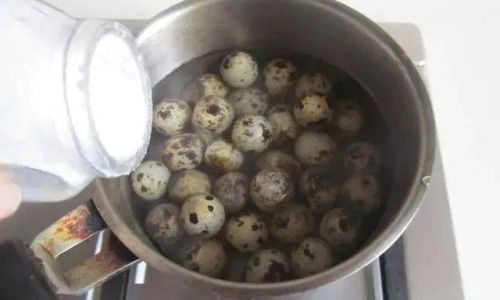
0 comments